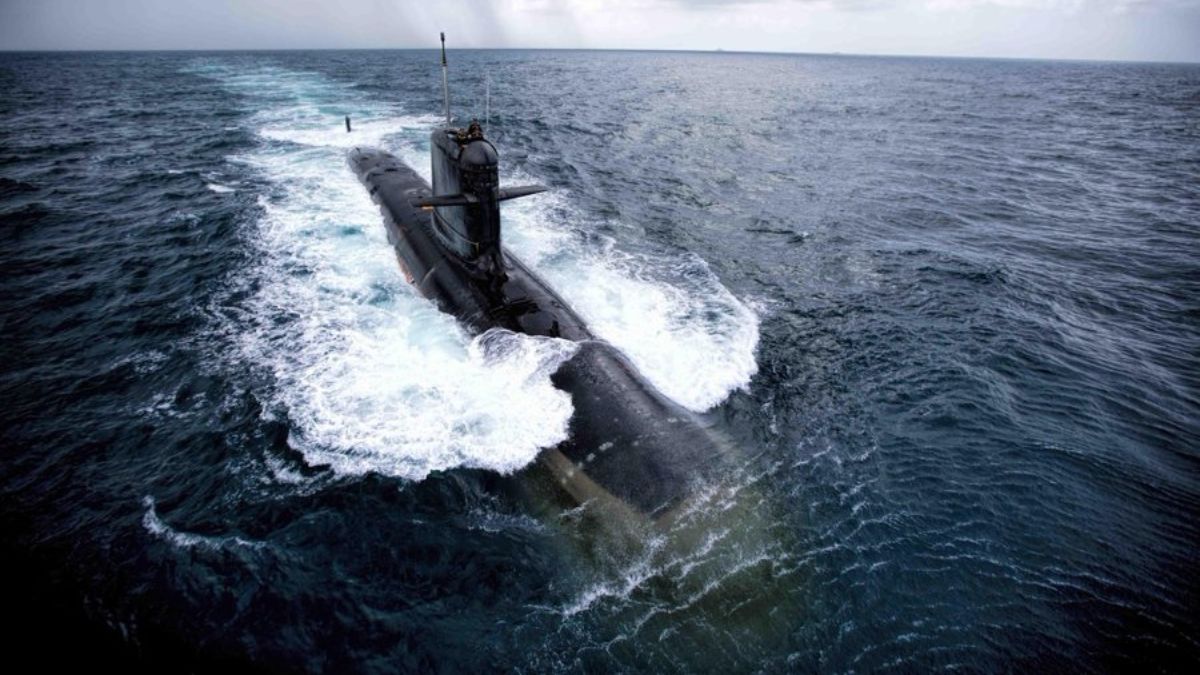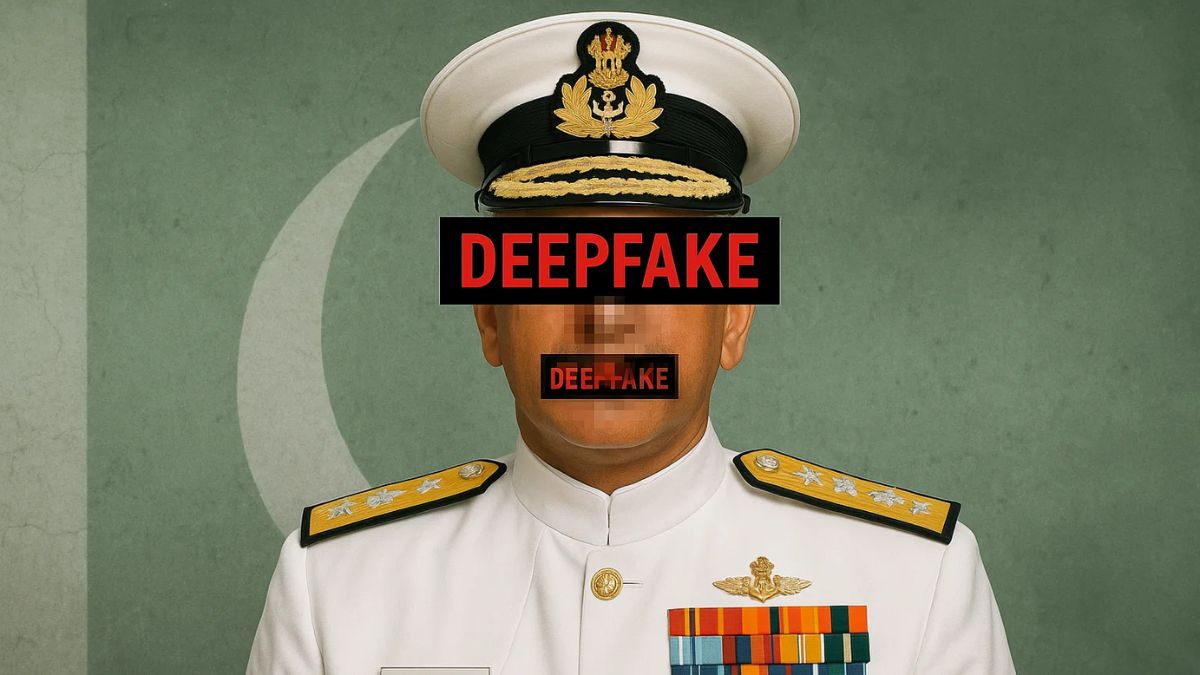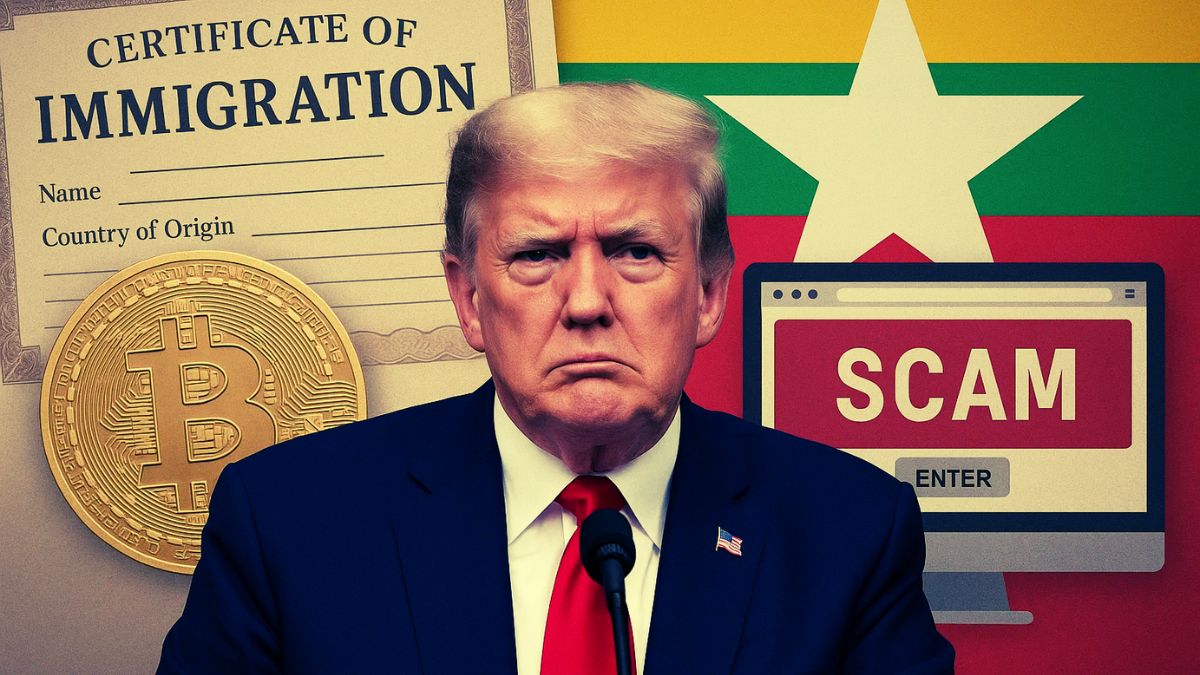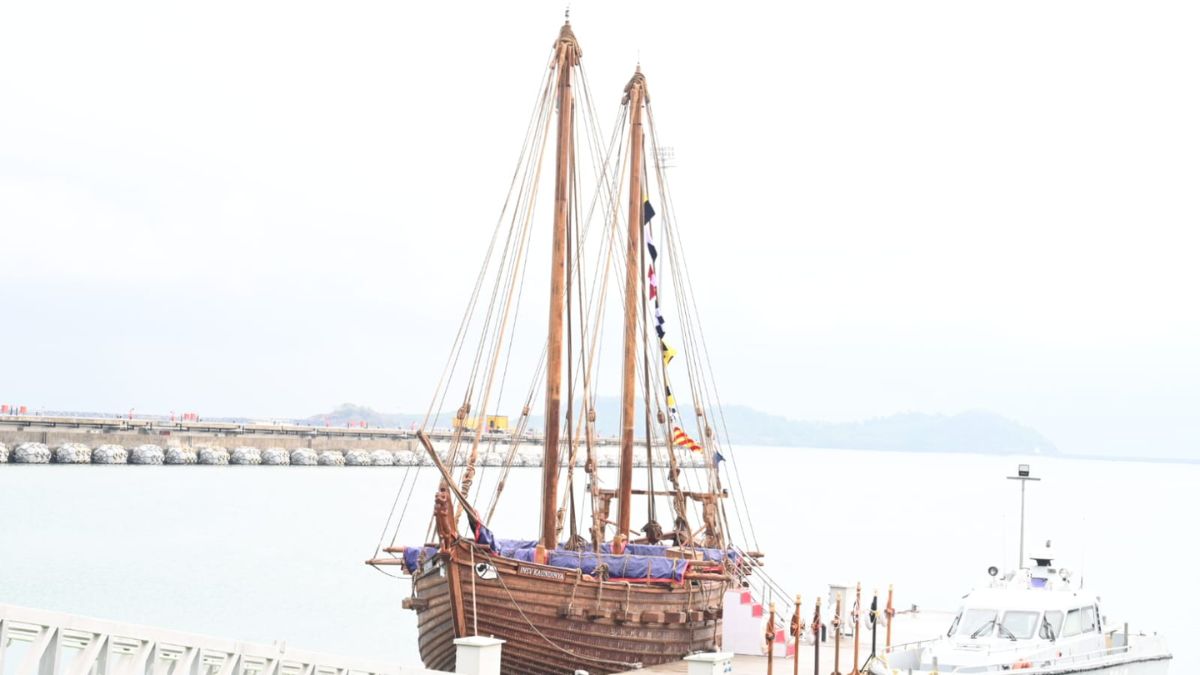Scorpenes Or Stealth Submarines? Why India May Pick Germany Over France In Major Underwater Strategy Shift

India’s current fleet includes 17 conventional submarines, many of which are over 30 years old. Image courtesy: X.com/@indiannavy
France or Germany? India seems to be in a state of confusion over which European power is better to give the order build the Scorpene submarines, for the modernization of its fleet. At present, India has a fleet of 17 conventional submarines, many of which are over 30 years old, and three nuclear-powered submarines is not that capable when viewed in terms of the rising naval challenges.
India’s submarine fleet is significantly smaller when compared with China, which has the world’s largest and fastest-growing Navy and boasts of a submarine fleet of around 70 vessels. Its nuclear armed neighbour Pakistan too is significantly boosting its underwater capabilities with Chinese assistance.
Scorpene submarines project: India saying no to France?
Moving in the same direction, India is likely to abandon the proposed project to build three additional French-origin Scorpene submarines at Mazagon Dock Shipbuilders Ltd (MDL), even though cost negotiations were completed last fiscal. The project, estimated at around Rs 36,000 crore, has not received final clearance from the Cabinet Committee on Security (CCS).
Times of India cited sources as saying that the deal is “not being pursued for now,” though a formal cancellation has not been announced. It is learnt that India might finally pursue the project with Germany, rather than France.
Why are German submarines being prioritised over additional scorpenes?
The government’s strategic focus has shifted to the Rs 70,000 crore plan for six new German-origin diesel-electric stealth submarines under Project-75 India (P-75I). Senior officials describe the upcoming German boats as “a generation ahead” of the Scorpenes, because of their advanced features.
German-origin stealth submarines will come equipped with land-attack cruise missiles, advanced sensors, and air-independent propulsion (AIP) systems from the outset, the TOI report added.
Is MDL’s capacity a factor in the strategic shift?
Yes. According to defence sources, MDL may find it operationally unfeasible to execute two different complex submarine programmes simultaneously. With Project-75I now in motion and design transfer of technology involved, prioritising the German line is seen as essential to maintain timelines and efficiencies.
Under the original Rs 23,000 crore Project-75 contract signed in 2005, MDL has already delivered six Scorpene-class submarines:
INS Kalvari was commissioned in December 2017
INS Vagsheer, the sixth, was inducted in January this year
All six will be retrofitted with DRDO-developed AIP modules to extend underwater endurance and stealth.
How AIP systems change submarine capabilities?
Short for air-independent propulsion, an AIP-equipped conventional boat can operate underwater for nearly two weeks without surfacing. In contrast, non-AIP submarines must surface or snorkel every 48 hours to recharge batteries, compromising stealth. The German submarines under P-75I will integrate AIP from day one.
German submarines to be constructed at MDL under Project-75, in partnership with ThyssenKrupp Marine Systems (TKMS), will have AIP, land-attack cruise missiles and other new-generation technologies. MDL will partner with TKMS to build six advanced submarines with:
- AIP systems
- Land-attack cruise missile capability
- 60% indigenisation targets
- Transfer of technology (ToT)
Contract negotiations began last month after approval from the defence ministry, Navy, and the National Security Council Secretariat. There is also an option to add three more submarines later.
Officials say P-75I will act as a bridge to the future Project-76, which will centre on fully indigenous designs for conventional submarines. The ToT and industrial build-up from P-75I are critical to that transition.
Does scrapping the Scorpenes strain ties with France?
Not necessarily. Sources told TOI that France remains deeply embedded in India’s strategic landscape and stands to gain from other major defence programmes like the government-to-government deal for 114 Rafale MRFA fighter jets (Rs 2 lakh crore), with most jets built in India.
A near-finalised collaboration with Safran to co-develop a jet engine for the AMCA stealth fighter, worth Rs 61,000 crore, is also a major India-France defence deal.
France vs Germany: What is the larger strategic signal?
India’s move signals urgency in closing the underwater warfare capability gap with China and countering Pakistan’s AIP-enabled expansion. The focus has shifted from incremental additions (Scorpenes) to generational upgrades (P-75I) with long-term localisation benefits. The Navy, however, remains watchful.
Timely induction is now a strategic necessity, not a procurement choice.







